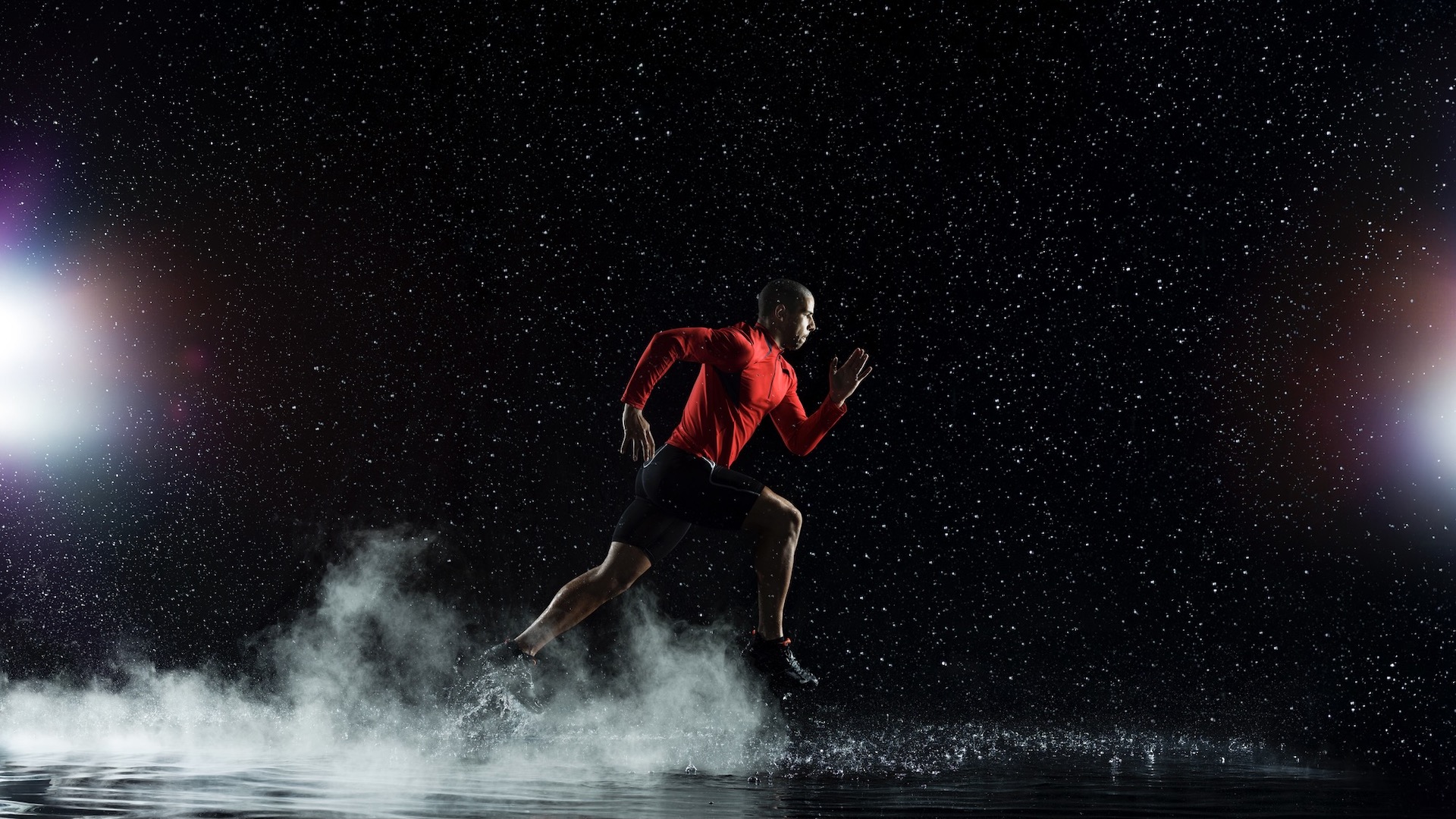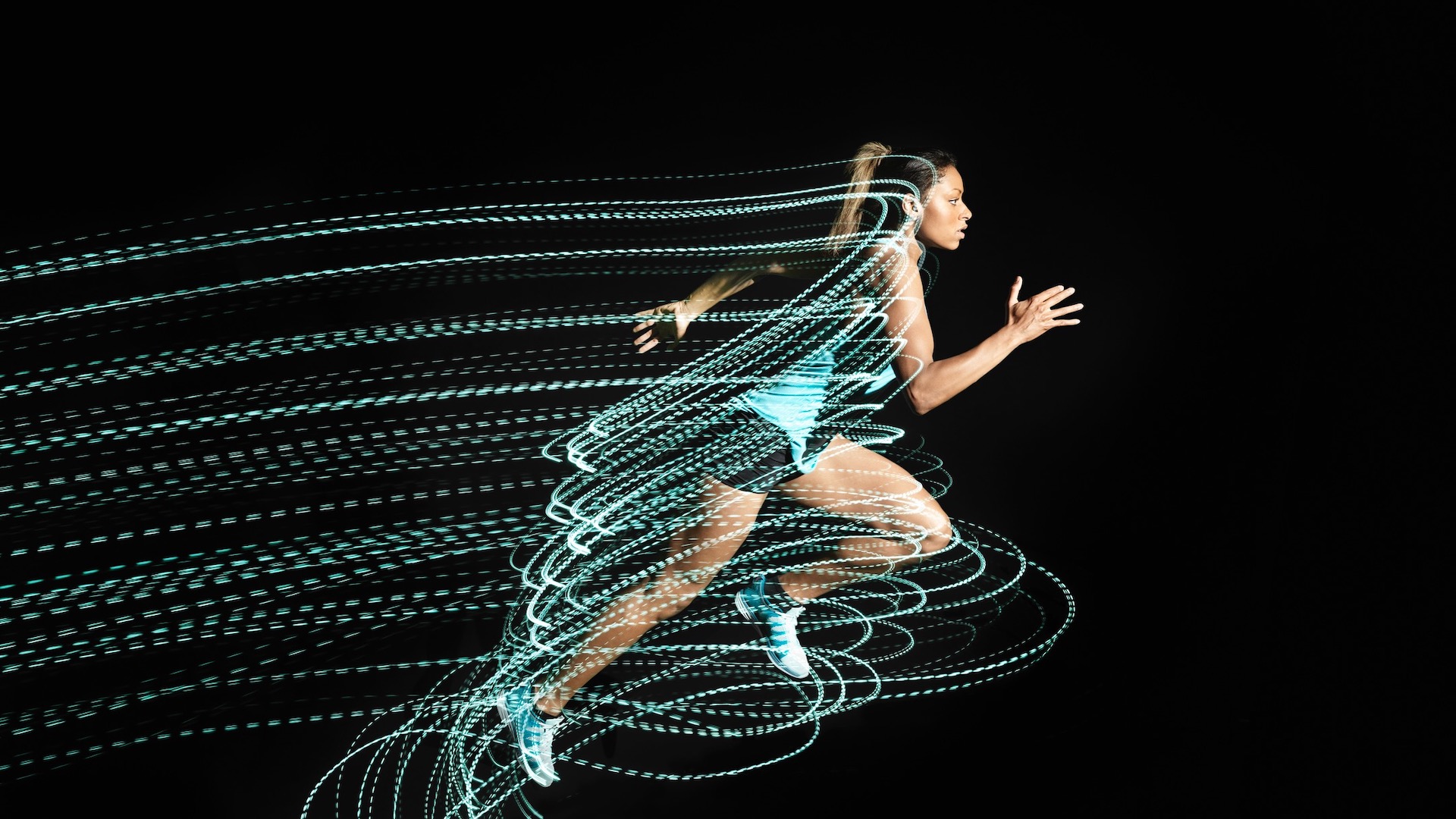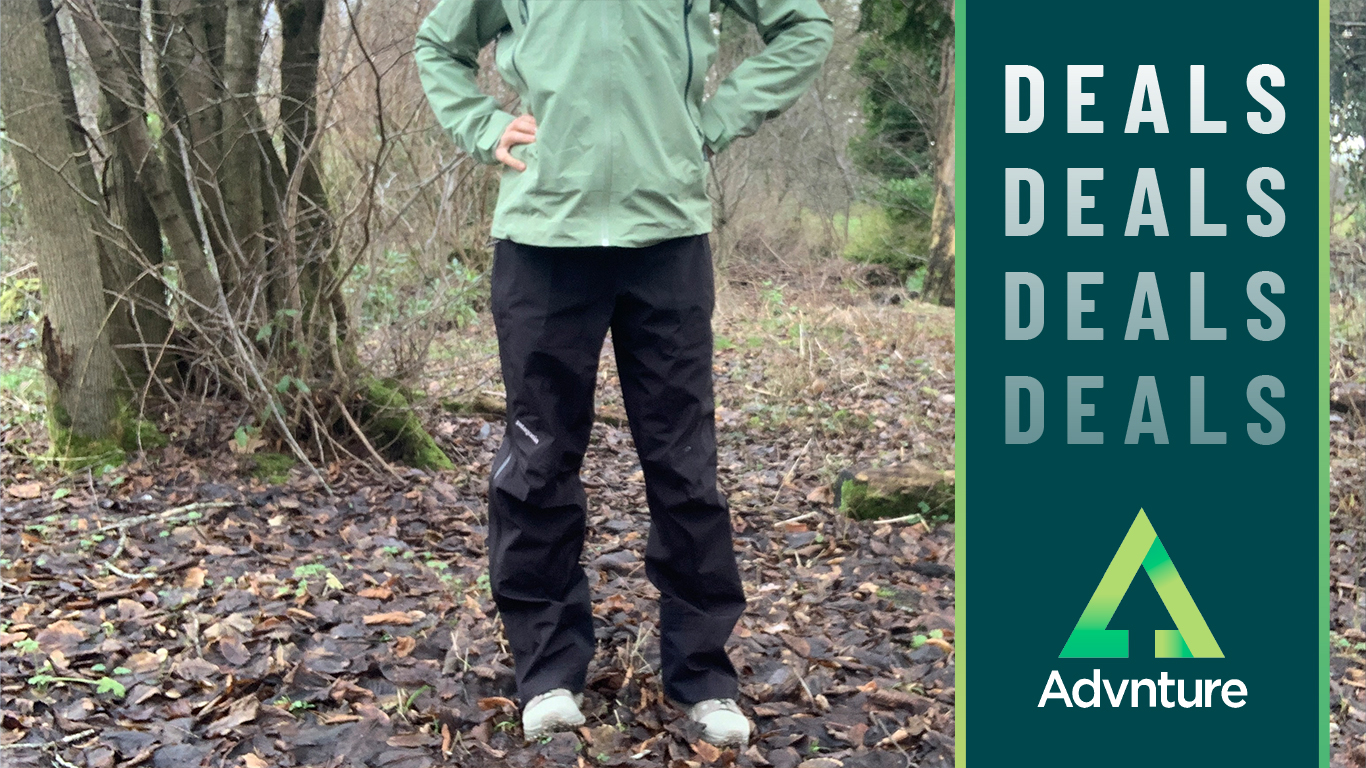What is running power – and how can it help you to run better?
Discover more about your running power, how to track it and how it can improve your training

What is running power? Many more people, especially running coaches, are discussing and using this new metric as a way to measure the performance of runners, or improve performance. Let's take a look at what running power is and how you can use it to help your training.
Traditional measurements for improving running performance usually focus on running pace, heart rate and VO2 max data. But now there is a new 'power' metric that measures running effort, while excluding the influence of elevation, terrain, weather and other factors that are a part of every run.
In simple terms, Ruth Stone, a PT and fitness expert at www.sweatband.com, defines running power as “a real-time measure of your work output when you’re running”.
She adds: “Running power is measured in watts, with the higher number of watts relating to the more power a person is generating when running.”
If runners want to understand how successful and objectively efficient their running is, they should look at how much power – in watts – their run can generate when their heart rate is lower.
“The more power produced at a lower starting heart rate, the more efficient your running ability is," Stone says.

The development of running power meters
Cyclists have been using power as a metric for improved performance for many years. Many riders have a power meter fixed to their bike to show them the ideal power to effort output.
Advnture Newsletter
All the latest inspiration, tips and guides to help you plan your next Advnture!
Now smaller and increasingly powerful sensor technology products are being developed and sold for runners, too.
These include:
Stryd
The Stryd sensor is a pod that clips on to your running shoe. It uses motion-sensing accelerometers to measure power from the foot. It works with an app and modern sports watches, to show you the power.
Polar Vantage V2
The Polar Vantage V2 is a sports watch that records running power via your wrist, as well using GPS-based speed and data.
Garmin Running Dynamics Pods
Garmin sells accessories the can track running power. For example, these include a belt-clip pod and one that is more of a standard chest strap. Both work with higher spec Garmin watches like the Fenix 5 or Fenix 6.
RunVI
RunVI is a Kickstarter for a wearable power meter that takes the form of a set of 'smart' insoles that fit into your favourite road or trail running footwear, combined with an app. The insoles have accelerometers, plus 30 pressure sensors, to record real-time power data.

How to track running power
Running power is best measured using a running power meter, such as those above. These are devices that have been developed to ensure real-time feedback, taking into consideration all possible variables.
Stone explains: “Generally speaking, the power meters consider your speed, external factors like incline, wind, temperature and humidity.
“No matter who you are, there is an intensity sweet spot and an ideal level of exertion for all aspects of your running training, be it shorter runs, long distance ventures or flat-out racing.
“Establishing your running power will allow you to structure your running plan to the point in which you know exactly how hard you should, and can be, running in any given scenario. This allows for optimum accuracy throughout any training period.
“Doing this will not only improve your running, but it will also give you the edge on other runners. It can improve both endurance runners and sprinters alike.”
The benefits of using running power
The biggest benefit of using running power as a metric for measuring a person’s running ability is that it avoids other, less accurate and more subjective methods that we regularly use to test and improve our ability to run.
Stone reveals: “Runners often think about, for example, rate of perceived exertion (RPE) and pace, which are both useful. But RPE is incredibly subjective and doesn’t give much guidance for improvement, while running pace tells us the results of our work but ignores how hard our body is working.
“Running power, on the other hand, helps to paint a more complete picture of a person’s training, tracking our body’s actual physical output level in conjunction with our heart rate in real time.”
The drawbacks of using running power
There's ongoing scientific debate about how best to measure running power, including what is being measured and how to apply it. The technology is still emerging but many sports scientists believe it is promising. However, it's worth noting that running power metrics are best combined with a professional coach who can work with an athlete to understand the power potential.
Ruth says: “In my opinion, running power as a metric to improve performance. At this stage, is much more suited to competitive runners.
"Measuring pace, heart rate and split running are much more accessible method for the everyday runner. Mechanical efficiency is an example of something all runners can benefit from, particularly over distance. Working on core strength, taking smaller strides instead of larger ones and rolling from heel to toe with soft knees are all easy technique-tweaks that are accessible for all to incrementally improve performance.”
We expect to hear a lot more about running power in the coming years and it's worth keeping an eye on this developing technology for improved running performance.
- Best trail running shoes: footwear for the most rugged routes

Fiona Russell is a widely published adventure journalist and blogger, better known as Fiona Outdoors. She is based in Scotland and is an all-round outdoors enthusiast with favorite activities including trail running, mountain walking, mountain biking, road cycling, triathlon and skiing (both downhill and backcountry). Aside from her own adventures, Fiona's biggest aim is to inspire others to enjoy getting outside and exploring, especially through her writing. She is also rarely seen without a running skort! Find out more at Fiona Outdoors.
